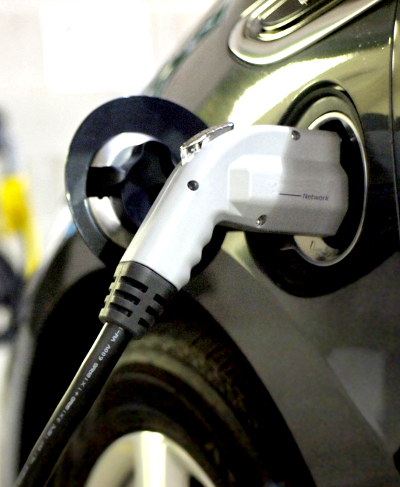Battery supply chain assessed
 Materials scientists say Australia should anticipate long-term growth in demand for electric vehicles and start planning now.
Materials scientists say Australia should anticipate long-term growth in demand for electric vehicles and start planning now.
Scientists have published a first-of-its-kind analysis of the lithium-ion battery supply chain.
They identified short-term challenges for obtaining lithium and cobalt, which may be mitigated by market responses, and the potential development of new cathode materials to replace cobalt.
“The theme that we see with material availability is there's often concern about whether there is enough x to meet new demand in y,” says first author Elsa Olivetti, a materials scientist at MIT.
“You end up with a lot of hype without thoughtful care about where the challenges are, so let's panic where it's appropriate.”
Lithium-ion batteries are increasingly attractive for electric cars because they are lightweight, powerful, and rechargeable.
Like all batteries, lithium-ion batteries consist of an anode (typically graphite), a cathode (typically oxides of lithium, cobalt, nickel, and/or manganese), and a liquid electrolyte to transport the charge (a solution of lithium and other ions).
The researchers assessed the availability of each of these elements and found cobalt to be most vulnerable to potential supply chain issues.
Lithium is less of a concern because, even though the demand will significantly increase in the near future, it can be mined from a variety of sources, including rock and sea brine, and is abundant in several countries including Australia.
The majority of cobalt is mined from the Democratic Republic of Congo, which introduces geo-political and supply chain disruption potential. Cobalt is currently economical to recycle, however, and this could help increase its long-term availability.
The researchers predict that supply and demand for cobalt may become unbalanced by 2025, but they suggest two longer-term strategies to handle the demand for the metal--enhancing recycling and developing new technologies.
Cobalt is so attractive for lithium-ion batteries because the element creates stable cathode materials.
Non-cobalt-containing cathodes have not been able to rival the cobalt-based cathodes, but recent studies have demonstrated that other cathode compounds with other metals, such as manganese, molybdenum, titanium or chromium, could act as substitutes.







 Print
Print